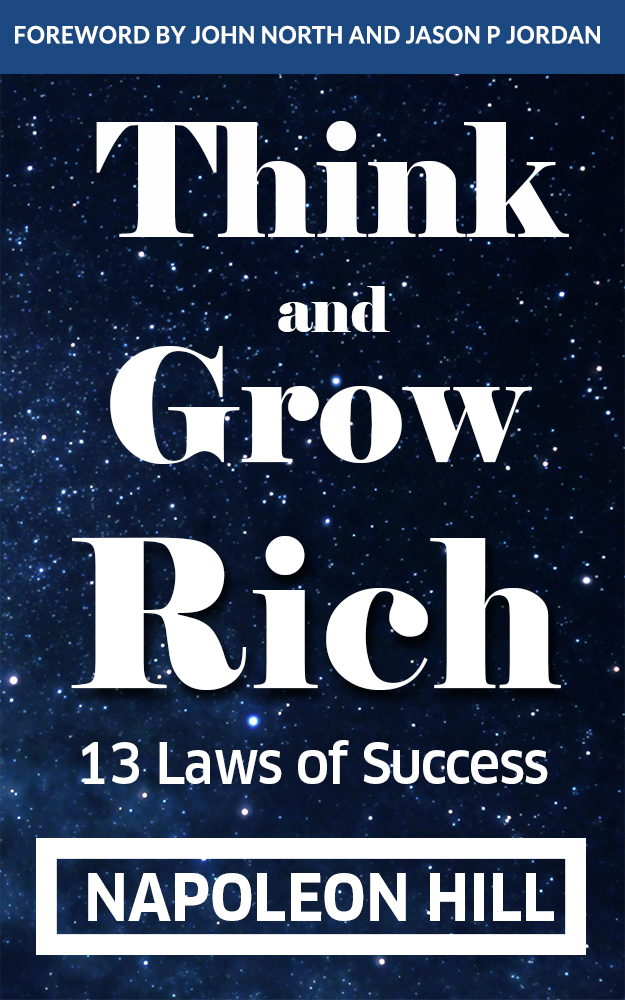Growing Leaders: A Definitive Guide
By Vidusha Nathavitharana
GRAB A COPY HERE: https://evolveglobalpublishing.com/show-book/B0D9F3GS76
The book uses the analogy of traditional Sri Lankan paddy cultivation to illustrate the meticulous process of cultivating leadership within organizations.
Part 1: Preparing the Soil
The book emphasizes the importance of a nurturing environment for leadership development. This involves three key elements:
- Mindset: A collective organizational mindset that values people, their potential, and long-term growth over short-term gains. The author cites MAS Holdings, founded on ethical employment practices and employee investment, as a prime example.
- Frameworks: Establishing clear visions, missions, values, and leadership competency frameworks, involving the entire organization in the process. Mobitel’s successful implementation of this approach is highlighted.
- Resources: Allocating necessary resources, such as time, funding, and skilled professionals, to support leadership development initiatives. The HAY Project at MAS Holdings serves as a successful case study.
Part 2: Planting
This section delves into the initial stages of leadership development:
- Identifying & Inducting Leaders: Employing diverse methods to identify potential leaders, including internal nominations, peer vetting (illustrated by the Thomian Prefect selection process), and recognizing potential beyond academic achievements. The importance of structured inductions that instill values and a sense of belonging is emphasized, referencing Slimline's unique approach.
- Developing Foundational Skills: The author advocates for a layered approach to leadership development, starting with self-leadership and progressing to managing teams and navigating organizational complexities. Emphasis is placed on:
- Learning from Experience: Transforming experiences into valuable lessons through conscious reflection and contextualization, as exemplified by the author’s own experiences under his former boss Nimal.
- Structured Development Programs: Implementing tiered programs with core areas like emotional intelligence and living organizational values, complemented by level-specific modules and toolkits.
- Exposure & Stretch Assignments: Providing opportunities for practical application and growth outside comfort zones, like Sajith Kethsiri’s risk assessment assignment in India.
Part 3: Nurturing Growth
This section focuses on the ongoing support and guidance required for leadership to flourish:
- Mentoring & Coaching: Establishing formal and informal mentoring programs, recognizing the different types of mentorship needed at various career stages. The author highlights the importance of guidance when transitioning to general management roles.
- Peer Learning & Development: Encouraging collaboration, knowledge sharing, and learning from peers through initiatives like the "Buddy System," "Ask a Friend," and strategically bringing together “rivals” to foster collaboration and leadership skills.
- Creating a Culture of Feedback: Fostering a safe environment for open and honest feedback, utilizing creative methods like gamified feedback systems to encourage self-reflection and improvement.
Part 4: Harvesting
This part examines the culmination of leadership development:
- Career Progression & Succession Planning: Implementing transparent succession planning processes based on merit, potential, and leadership competencies, as exemplified by John Keells Group’s robust assessment center.
- Retaining Leaders: Recognizing the importance of meaningful work, growth opportunities, and a positive work environment in retaining valuable leaders.
- Retiring Leaders: Encouraging retiring leaders to transition into mentorship roles, sharing their experience and expertise to cultivate the next generation.
The Importance of Sponsorship
Throughout the book, the author emphasizes the critical role of sponsorship in leadership development.
"Without a sponsor, many will never quite reach their potential – and worse still, may lose that ‘spark’ forever.”
Sponsors provide guidance, support, visibility, and access to opportunities, enabling individuals to overcome challenges and achieve their full potential.
Conclusion
"Growing Leaders: A Definitive Guide" provides a comprehensive framework for cultivating leadership within organizations, emphasizing the importance of creating a nurturing environment, providing structured development opportunities, and fostering a culture of continuous learning and growth. The book's use of the paddy cultivation analogy effectively illustrates the meticulous process and long-term commitment required to cultivate effective and ethical leaders.
FAQ: Growing Leaders
1. What is the central analogy used to describe the process of developing leaders within an organization?
The book uses the analogy of traditional paddy cultivation in Sri Lanka to illustrate the process of growing leaders. Just as farmers meticulously prepare the soil, plant seeds, nurture their growth, and eventually harvest the crop, organizations must create a fertile environment, identify and develop leadership potential, provide ongoing support and guidance, and ultimately reap the rewards of a strong leadership pipeline.
2. What are the three key aspects of preparing the organizational "soil" for growing leaders?
- Mindset: The organization must have a collective mindset that values leadership development and recognizes it as an ongoing investment crucial to long-term success.
- Frameworks: Effective systems, structures, and processes, such as competency models, performance management systems, and succession planning, are essential for supporting and guiding leadership growth.
- Resources: Allocating necessary resources, including financial investment, time, mentorship opportunities, and training programs, demonstrates commitment to developing leaders.
3. How does identifying and developing leadership talent in the book's examples differ from traditional methods?
The author emphasizes the importance of looking beyond formal qualifications and traditional recruitment practices. He highlights examples like MAS Holdings, which prioritizes internal growth and employee development, and Brandix, which successfully utilizes an employee referral program. Additionally, the author stresses the value of identifying potential in unconventional ways, such as recognizing and nurturing leadership qualities even in individuals who may have made mistakes, as exemplified by Mr. Aslam Omar's approach at Phoenix Industries.
4. What is the significance of the "induction" process in developing leaders, as illustrated by the examples of S. Thomas' College and Slimline?
The author emphasizes that induction goes beyond formal onboarding processes. He highlights the importance of instilling values, building camaraderie, and fostering a sense of belonging within the leadership cohort. The rigorous selection and initiation process for prefects at S. Thomas' College exemplifies how values are ingrained and passed down through generations. Similarly, Slimline's approach to integrating new recruits for a challenging SAP implementation, likened to an "astronaut" program, emphasizes the importance of creating a shared identity and commitment to excellence.
5. What are some unconventional methods highlighted in the book for fostering leadership development?
- Learning from Experience: The book emphasizes actively reflecting on both successes and failures to extract valuable lessons and contextualize learning. It encourages keeping a "journal of f**@ ups" to identify behavioral patterns and areas for improvement.
- Leveraging Peer Rivalries: While acknowledging the need for careful management, the author suggests that healthy competition among peers can be a powerful catalyst for growth. He shares an anecdote of his own rivalry with a colleague, Piyal Aponso, which ultimately turned into a mutually beneficial learning experience.
- Collective Leadership: The book promotes distributed leadership by empowering individuals at various levels to take ownership and lead. Dankotuwa Porcelain's initiative, where different management teams were tasked with "running the business," exemplifies this concept, encouraging shared responsibility and decision-making.
6. How does the concept of "Sponsorship" contribute to developing successful leaders?
The author challenges the notion of the "self-made" leader and highlights the critical role sponsors play in nurturing leadership potential. He defines sponsors as individuals who provide guidance, advocacy, resources, and protection, enabling leaders to take risks, learn from mistakes, and ultimately reach their full potential. The examples of Bodyline employees who benefited from sponsorship and went on to become sponsors themselves underscore the cyclical nature and importance of this support system.
7. How does the book approach the sensitive issue of “punishing” leaders while still encouraging growth?
The author emphasizes that punishment, when necessary, should aim to correct behavior and facilitate learning rather than simply impose penalties. He illustrates this through the example of Mr. Aslam Omar at Phoenix Industries, who, instead of dismissing an employee for a serious transgression, provided a second chance at another company, emphasizing the importance of learning from mistakes and offering a path for redemption.
8. What is the overarching message about growing leaders that the book conveys?
Developing leaders is an ongoing, deliberate, and holistic process akin to nurturing a crop, requiring careful attention, investment, and a long-term perspective. It necessitates creating a culture that values leadership, provides opportunities for growth, and fosters a supportive environment where individuals are encouraged to learn, take risks, and reach their full potential.








